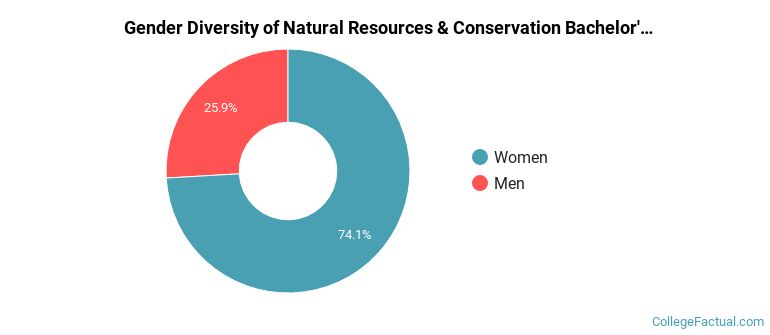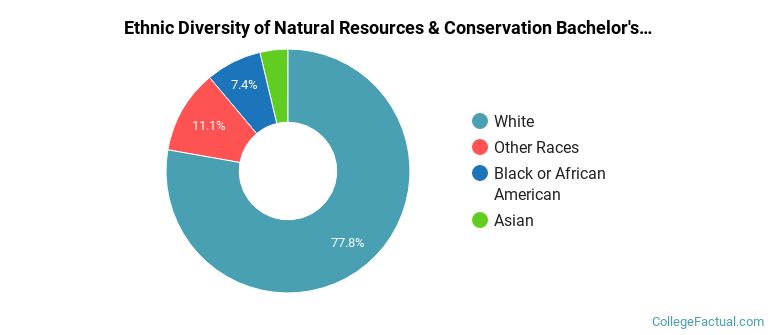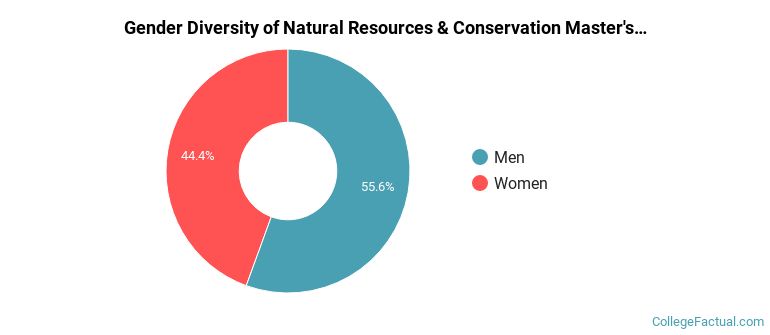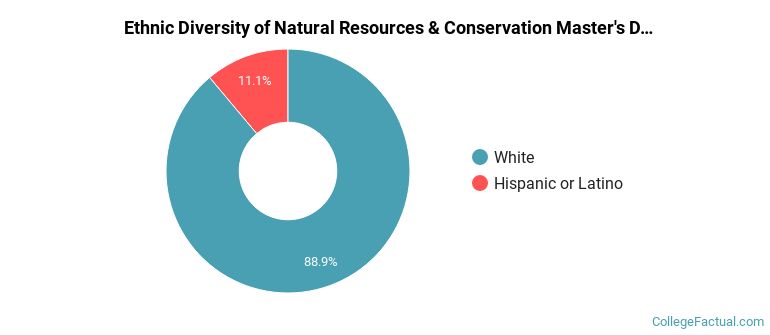 by our College Data Analytics Team
by our College Data Analytics TeamJump to any of the following sections:
The natural resources & conservation major at Villanova is not ranked on College Factual’s Best Colleges and Universities for Natural Resources & Conservation. This could be for a number of reasons, such as not having enough data on the major or school to make an accurate assessment of its quality.
During the 2021-2022 academic year, Villanova University handed out 27 bachelor's degrees in natural resources & conservation. This is an increase of 125% over the previous year when 12 degrees were handed out.
In 2022, 14 students received their master’s degree in natural resources & conservation from Villanova. This makes it the #78 most popular school for natural resources & conservation master’s degree candidates in the country.
Part-time undergraduates at Villanova paid an average of $1,010 per credit hour in 2022-2023. This tuition was the same for both in-state and out-of-state students. The average full-time tuition and fees for undergraduates are shown in the table below.
| In State | Out of State | |
|---|---|---|
| Tuition | $63,806 | $63,806 |
| Fees | $895 | $895 |
| Books and Supplies | $1,100 | $1,100 |
| On Campus Room and Board | $16,896 | $16,896 |
| On Campus Other Expenses | $2,300 | $2,300 |
Learn more about Villanova tuition and fees.
During the 2021-2022 academic year, 27 natural resources & conservation majors earned their bachelor's degree from Villanova. Of these graduates, 26% were men and 74% were women.

The majority of the students with this major are white. About 78% of 2022 graduates were in this category.
The following table and chart show the ethnic background for students who recently graduated from Villanova University with a bachelor's in natural resources & conservation.

| Ethnic Background | Number of Students |
|---|---|
| Asian | 1 |
| Black or African American | 2 |
| Hispanic or Latino | 0 |
| White | 21 |
| Non-Resident Aliens | 0 |
| Other Races | 3 |
Online degrees for the Villanova natural resources & conservation bachelor’s degree program are not available at this time. To see if the school offers distance learning options in other areas, visit the Villanova Online Learning page.
During the 2021-2022 academic year, 9 natural resources & conservation majors earned their master's degree from Villanova. Of these graduates, 56% were men and 44% were women.

The majority of master's degree recipients in this major at Villanova are white. In the most recent graduating class for which data is available, 89% of students fell into this category.
The following table and chart show the ethnic background for students who recently graduated from Villanova University with a master's in natural resources & conservation.

| Ethnic Background | Number of Students |
|---|---|
| Asian | 0 |
| Black or African American | 0 |
| Hispanic or Latino | 1 |
| White | 8 |
| Non-Resident Aliens | 0 |
| Other Races | 0 |
Take a look at the following statistics related to the make-up of the natural resources & conservation majors at Villanova University.
Natural Resources & Conservation students may decide to major in one of the following focus areas. Individual majors may not be available for all degree levels.
| Major | Annual Graduates |
|---|---|
| Natural Resources Conservation | 36 |
| Related Major | Annual Graduates |
|---|---|
| Engineering | 411 |
| Mathematics & Statistics | 125 |
| Biological & Biomedical Sciences | 102 |
| Physical Sciences | 65 |
| Architecture & Related Services | 23 |
View All Natural Resources & Conservation Related Majors >
More about our data sources and methodologies.